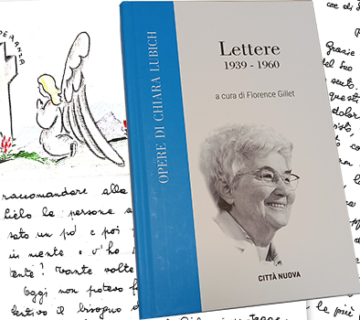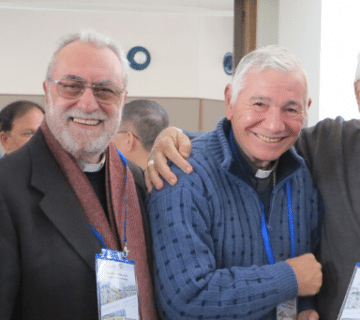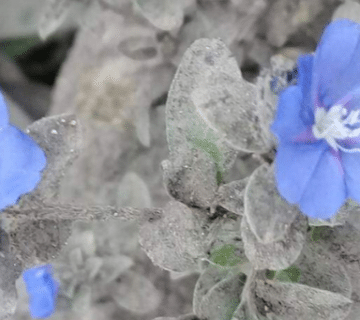 “I loved the torrential rain and the hurricane winds that fall on the Equator without warning in mid-March, wrapping everything in their path with their fury. This is a fury that does justice by restoring a certain balance to this small portion of creation. The overgrown branches of a tree that snap; palms that have grown so tall topple over leaving behind nothing but a small stump, a memorial stone … The nests that are not sufficiently fastened to the arms of the tree are flown into the river, as do the rooftops of many a human dwelling. The thunder and lightning grow louder and stronger, as if in angry search of someone. The waters pour through doorway, window and roof .
“I loved the torrential rain and the hurricane winds that fall on the Equator without warning in mid-March, wrapping everything in their path with their fury. This is a fury that does justice by restoring a certain balance to this small portion of creation. The overgrown branches of a tree that snap; palms that have grown so tall topple over leaving behind nothing but a small stump, a memorial stone … The nests that are not sufficiently fastened to the arms of the tree are flown into the river, as do the rooftops of many a human dwelling. The thunder and lightning grow louder and stronger, as if in angry search of someone. The waters pour through doorway, window and roof .
Nature has arrived restoring the works of creatures to their proper states reminding us all that all of us stand naked and nothing is our own. This force in nature has always seemed to me a beneficial return to the origins. It never frightened me. No, it only gave me peace. It’s like a renewed encounter with the Creator who strips us of our excess, only to remind us that all is vanity.
“I loved the mud that in the rainy season is the ever-present reality that must be faced whether walking or driving a car. And whatever thing you touch leaves that reddish mark from the mud that is forever there to accompany you, or obsess you if you don’t love it: It’s on your shoes, books, clothing and even in the hair on your head. But if you love it, it makes you smile and becomes your friend.

Nicolette Manka Ndingsa
“I loved the dust. You don’t know what dust is unless you’ve experienced it in Africa. During the dry season, the dust is part of the atmosphere. It’s the desert arriving with a predictive threat: the Harmattan, that violent wind that sweeps the Sub-Sahara between October and March. It darkens the sun, envelopes both people and things in a radiant dust heat of blinding glare. It’s the dust from the streets and dried out fields that has been lifted and become one with the Harmattan which makes all of creation one big fireball. The temptation is to rebel, to run away, to hide somewhere, to protest. But to whom will you protest? Where will you hide? As usual, the only protest possible is the one against one’s self: you need to see with different eyes, and love the sandy dust. I called it sterile dust and allowed it to fill the nostrils and enter the lungs. It couldn’t hurt because by then it was . . . sterile. I let it dry my lips until they split and the blood poured from my nose. It was already my African dust!
“I loved the humidity and the mould; the mould would soften everything and even detach the soles from their shoes; the suffocating aroma of mould fat that hit you whenever you opened a wardrobe, that stuck to you together with your shirt, that you breathed in the classroom or in the church. Mould is a compound that encompasses all the odours, and a permanent reminder of the decay of all things.
“Over time I learnt to understand and to love all these things. By loving them, I found myself to be part of them, and I never tried to detach myself from them again”.
(Lucio Dal Soglio: “Presi dal mistero, agli albori dei Focolari in Africa”, Città Nuova editrice, Rome, 2013).
Language: publication currently in Italian only (English and French translations pending)
Enquiries: +3096 947989 (Focolare Movement), +3906 96522200 (Città Nuova Publishing House). Email enquiries: info@focolare.org,


 Italiano
Italiano Español
Español Français
Français Português
Português



No comment